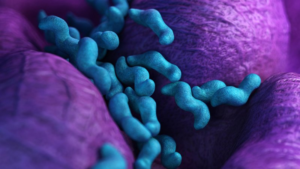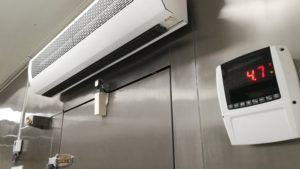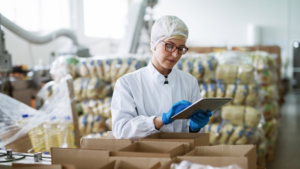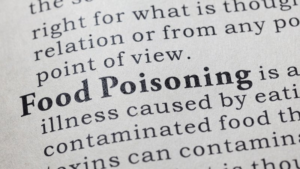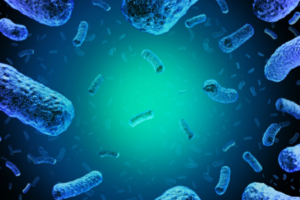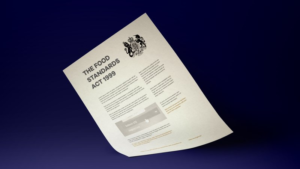Related Courses
Poor food safety can have a range of consequences, including consumers becoming very ill, food businesses being prosecuted and sometimes individuals facing imprisonment as a result. Poor food safety is dealt with seriously across the United Kingdom due to the serious consequences which can occur. Therefore, knowing how to identify poor food safety is of the utmost importance.
What is poor food safety?
Failure to store, prepare and cook food safely will result in food contamination. Therefore, food handlers must be aware of how to handle food safely and hygienically to avoid food contamination at all costs. Poor food safety includes:
- Storing food incorrectly: Refrigerated foods must be stored between the temperature of 0°C and 5°C. Food which requires frozen conditions, should be stored in a freezer which is set at the temperature of -18°C. Failure to store food correctly will allow bacteria, viruses and germs to continue to grow in the ideal growth conditions.
- Undercooking food: Failure to cook food thoroughly will result in dangerous microorganisms remaining on the food. Food must be cooked to the core temperature of 75°C to ensure that all bacteria is killed.
- Leaving food out for too long: If cooked food is left out in the open air for more than two hours, bacteria will begin to grow and contaminate the food. Therefore, food must be thrown away if it is left out on the side for more than two hours.
- Cross-contamination: Using the same equipment and utensils, which are not thoroughly washed in-between, will result in cross-contamination. Germs from foods which are meant to remain separate will transfer and result in the contamination of food, which can be very dangerous.
- Poor personal hygiene: Food handlers will have a range of bacteria and germs on their hands and clothes, which can transfer onto food and result in contamination.
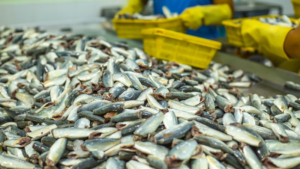
What are the results of poor food safety?
Illness of consumers
Food poisoning is the common illness which occurs as a result of consumers eating contaminated food. It can be very unpleasant, including symptoms such as vomiting and diarrhoea. However, sometimes food poisoning can be very bad and require immediate medical attention.
Failure to deal with food safely could also result in consumers having allergic reactions, which can be serious or even fatal in extreme cases.
Prosecution
Those responsible for handling food unsafely will be investigated and prosecuted accordingly by the UK’s Food Standards Agency (FSA) and the relevant local authorities. The FSA is an independent Government department which focuses on protecting the health of consumers by ensuring that the food produced and distributed is safe. The FSA investigate 600,000 food businesses in the UK to discover whether the food produced is safe for individuals to consume and is presented in a way which is not misleading.
If the FSA and local authorities discover that a food business has demonstrated poor food safety, the business could face fines, closure, negative publicity and sometimes imprisonment. Dunbia (Preston) Limited, a red meat processor, was fined more than £266,000 by the FSA for demonstrating poor food safety and violations to consumer health. Dunbia failed to remove all “specified risk material” which is required by law, and therefore breached the Transmissible Spongiform Encephalopathies (England) Regulations 2010.
Poor food safety is dealt with seriously by the FSA and local authorities due to the serious complications it can cause for consumer health. Therefore, understanding how to comply with food safety and food hygiene regulations in the UK is of the utmost importance.

